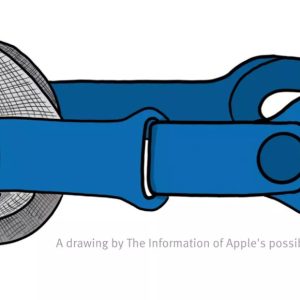Scientists have just discovered that exciting virtual reality games trigger a change in brain activity, linked to dizziness and motion sickness, in people who have migraines — even if they don’t have a headache at this very moment. A discovery that could lead to a better understanding of migraines and the development of new treatments, Refers to NewScientist.
Anyone can feel nauseous and dizzy after riding a roller coaster, but people who are prone to headaches often feel sick and dizzy more than others. According to Gabriella Carvalho, from the University of Lübeck in GermanyThe more a migraine causes a general feeling of helplessness, the more brain activity differs from normal during the rollercoaster-induced simulation.
“Our results show that brain regions involved in processing migraine pain overlap with brain systems that regulate motion sickness and vertigo,” The researcher explains. People with migraines not only have headaches; They also suffer from other problems, such as motion sickness and vertigo, which can really affect their quality of life. So this study gives us a much better idea of what’s going on. [dans leur cerveau].»
Stronger and longer symptoms in participants prone to migraines
Gabriela Carvalho and her colleagues performed MRI scans of the brains of 40 people, half of whom regularly suffer from migraines, while they watched moving videos on a roller coaster. The photos were taken from the viewpoint of the person sitting in the square. Participants in both groups were on average 30 years old, and 80% were women.
In a questionnaire, 65% of people in the “migraine” group reported feeling dizzy during the simulation, compared to just 30% of people in the control group. And their feelings of nausea were twice as high, according to their personal estimates. The information they provided also showed that their symptoms (dizziness and nausea) lasted on average nearly three times as long as those in the control group.
MRI images confirmed this information. Among the participants who suffer from regular migraines, the scientists noted increased activity in the areas of the brain responsible for vision, pain perception, balance, and dizziness. Scientists also note that the more disabling migraine consequences for patients, the greater the changes in the brain.
If these findings are confirmed more broadly, they could shed new light on the origins of migraines. “People with headaches and those without headaches process information about movement and gravity differently. These results reflect this difference,” Gabriella Carvalho concluded.

“Certified gamer. Problem solver. Internet enthusiast. Twitter scholar. Infuriatingly humble alcohol geek. Tv guru.”





